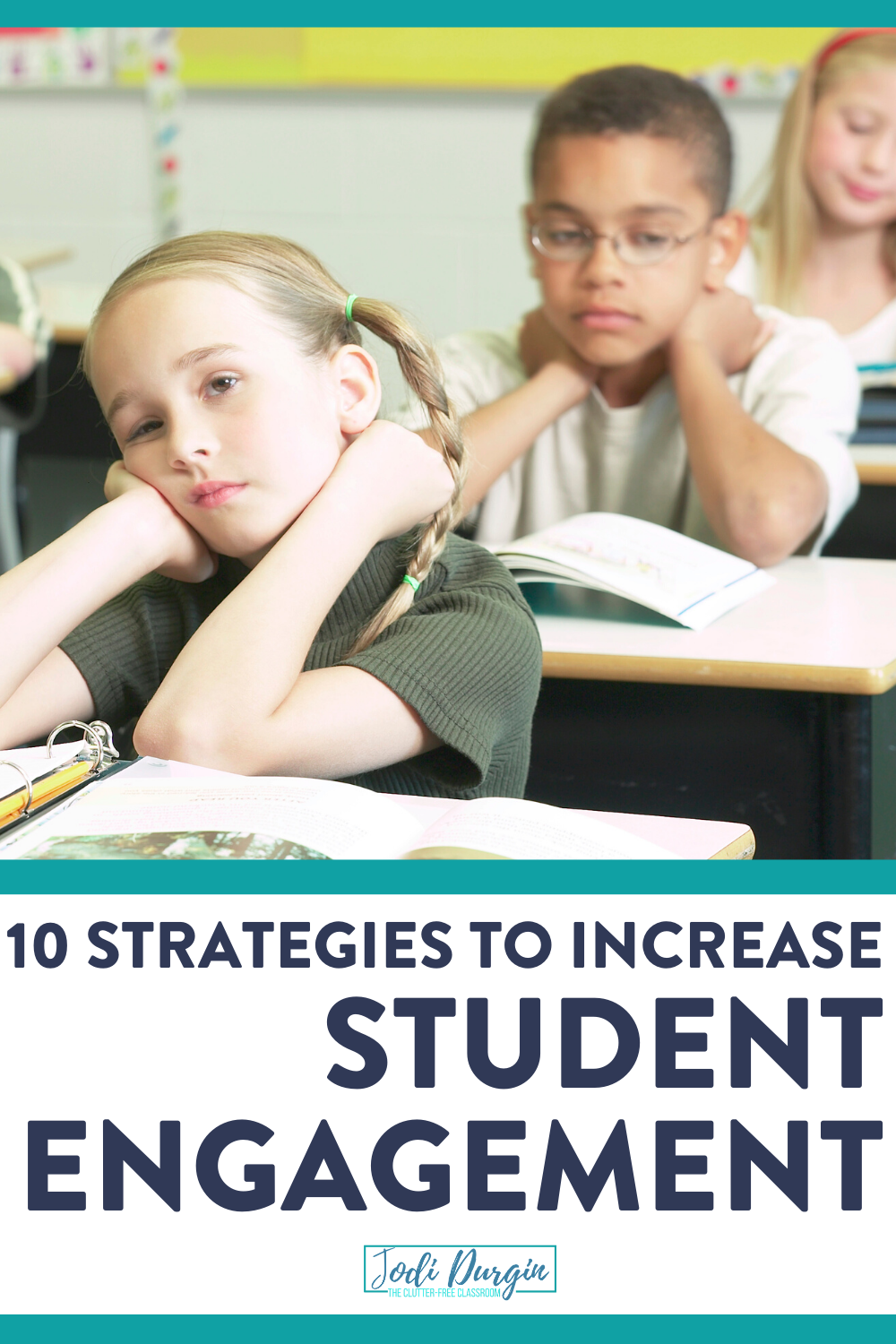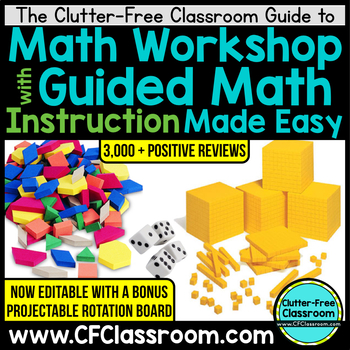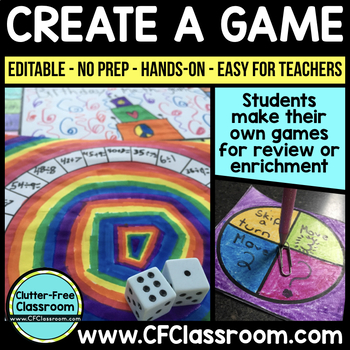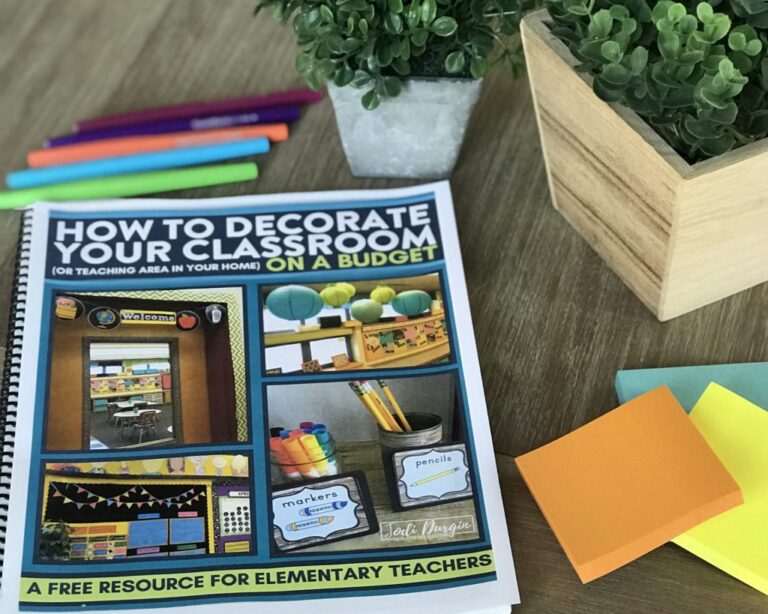Teachers who use strategies for increased student engagement in the classroom will find that not only do their children learn more, but that the overall school experience is better for students, teachers, and parents. Engaged students are actively involved in lessons and activities. Their increased involvement results in a much deeper understanding and far more enjoyment throughout the process. This blog post will share 10 ways to increase student engagement.
Research has shown that when students are enthusiastic about what they are doing and feel an ownership over their education, they are much happier and more enthusiastic. Happy children, who are focused and on-task, make it much easier for you to do your job as their teacher. They communicate positive feelings about school to their parents. This helps develop a strong relationship between home and school. When colleagues and administrators walk into your classroom and see the students attentive to their tasks, it reflects well on you as a professional.
But, how do you make that magic happen?
Implementing any one of the tried and true strategies for increasing student engagement below will help quite a bit. Try combining several of these ideas and you will start to see magic happen in your classroom!
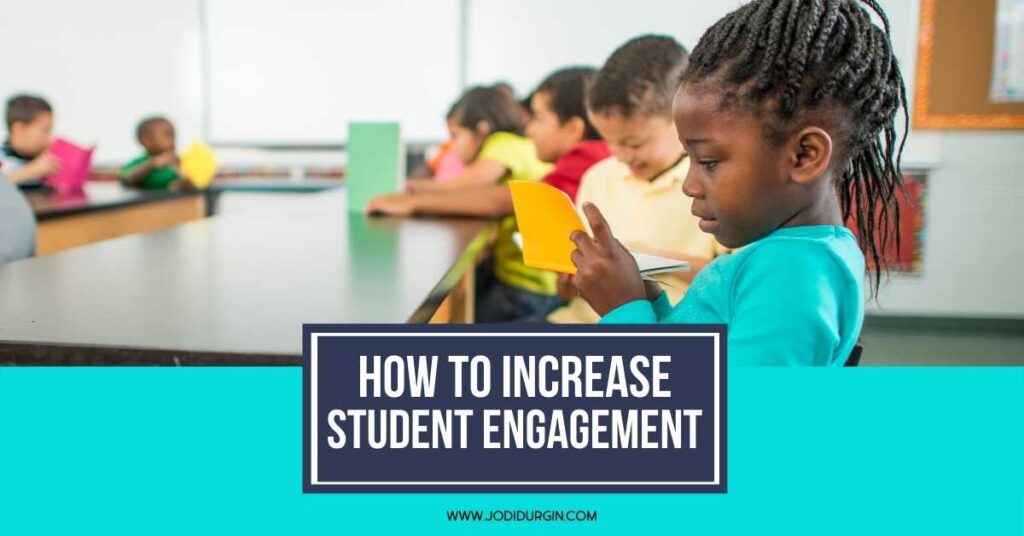
This blog post will suggest 10 strategies for increasing student engagement and empower elementary teachers to maximize student learning and fully engage their students using recommended resources.
10 Strategies for Increasing Student Engagement
Below are 10 strategies for increasing student engagement.
1. Procedures and Routines
Clear expectations and consistency in your daily routines set the stage to engage. When you take the time to practice procedures, the students will know their roles and take comfort in the familiarity of events. This allows them to focus more energy on the tasks at hand. Learn more about procedures and routines!
2. Frequent Discussion
Frequent Discussion Opportunities
Many children struggle to be active listeners. Asking children to be attentive when not participating makes it easy for them to lose interest. An easy way to keep them involved is to assign each student a “talking partner.” During read alouds and lessons, ask questions or have them chat together about a point you are making.
Talking Partners
Another effective option is to not only assign a partner, but also designate each student as either #1 or #2 in the partnership. Pause frequently during lessons or after giving directions for an assignment to say, “Ones explain to the twos what the instructions are” or “Twos tell the ones, in your own words, what I just said.”
3. Hands-On Activities
Avoid Lectures
While the discussion tips above do work wonders when you are delivering direct instruction, student engagement will increase greatly if you limit lectures and instead have them touching and doing more often. Always challenge yourself by asking, “How could I teach this concept in a discovery-based manner?”
Use Manipulatives
Using hands-on materials not only helps children to better understand what they are learning, it also gives them something to do physically. This helps them maintain attention during lessons and learning experiences. Learning more about hands on learning and the importance of using elementary math manipulatives.
4. Small Group Instruction
Close Proximity to the Teacher
I’ve never seen a child look disinterested when working in a small group situation. Being within close range of the teacher makes each lesson feel personal and results in greater participation. This is one of the best strategies for increasing student engagement!
Individual Attention
Small group learning situations allow for personal attention. You are able to interact with your students on a more personal level. The activities tend to be more customized and designed for the individual students.
Differentiate Instruction
Small group instruction centers around differentiated instruction. When instruction is differentiated to meet individual needs, students tend to be more engaged in learning. Learn more about differentiation in math!
5. Movement
Gallery Walks
A gallery walk is an instructional method that gets kids moving and discussing topics at the same time. Present several questions and stage them in different areas of the classroom. Place the questions on chart paper tacked to the wall, dry erase boards around the room, paper at different tables, or by using technology such as computers or tablets. Groups of students move through the classroom, much like you would a gallery or museum. They look at and discuss the thoughts and ideas that the previous group or groups left. Then they add their own thoughts.
A Workshop Model
I personally have found that using a workshop model that combines independent student assignments, hands-on learning opportunities or games, small-group teacher instruction, and reinforcement of concepts through reading or technology, is the key to consistent student engagement. It works well for several reasons. All of the activities are delivered in shorter segments of time. Students have opportunities to move regularly. Instruction and activities are differentiated to align with individual ability levels. The workshop model balances independent work, discussion-based/group activities, and teacher-directed activities, which makes it structured and predictable, yet also varied to keep interest levels high. Learn how I use math workshop in my classroom in this guided math workshop guide!
6. Games
Teacher-Created Games
Using games in the classroom is a time-proven way to turn tedious tasks like learning math facts or reviewing for assessments into something exciting. The added element of competition, mixed with the excitement of thinking they are playing instead of learning, is motivating to students. This is such a great strategy for increasing student engagement!
Student-Created Games
Let your students design their own games to showcase their knowledge and skills. Provide guidelines about the content and encourage them to display their understanding of a concept in a creative way. This is a strategy I have used with great success for years and it continues to be one of the best tools for not only engaging students, but also assessing them in a much more creative way than a paper and pencil test. Have the game creators share their products with the class and allow time for them to play together. This is such a fun way to increase engagement in your classroom! Check out this student-created game resource!
7. Student Choices
Presenting your students with options within the classroom holds so much power. When they have an active say in what they are learning, and how they are learning, student engagement deepens. This is one of my favorite strategies for increasing student engagement. Here are just a few simple ways to add more student choice into each day.
- Let them pick their own books instead of assigning them.
- Use flexible seating options.
- Allow them to pick their own partner (when appropriate).
- Instead of assigning the same project to the class, present them with a menu of project choices.
- If there are ten math problems on a page, tell them to pick the 8 they want to answer.
8. All Participation Responses
Don’t Ask Only One Student
When you pose a question to the class, chances are the same five kids will always raise their hands to answer. If you use methods (such as drawing names written on craft sticks) to call on students equally, you run the risk of getting a very lengthy, drawn-out answer or you may need to spend more time than you planned on to coach the answer out of a child. Instead, ask questions and have the students all respond by discussing it with their “talking partner.”
Use Dry Erase Boards
Ask students to record their answers on a board and hold it up to show you. This works best for math problems or responses that you pose as multiple choice. Students love writing on dry eraser boards!
Ask for Hand Signal Responses
Say things like, “Give me a thumbs up if you agree or a thumbs down if you disagree.” This keeps kids on their toes because everyone is expected to participate. You could also say, “Hold up one finger if you think the answer is true or two fingers if it is false.” I’ve also had students use sign language for multiple choice questions (they love learning sign language!). This is one of my favorite strategies for increasing student engagement! Learn more about using classroom hand signals!
9. Reward Teamwork
A proactive behavior management strategy that has always worked well for me is to reward the class for teamwork and collaboration. I personally like to avoid group behavior plans that have consequences. I find it results in students showing resentment towards classmates if a consequence is issued. The benefit of teamwork rewards is that students encourage and remind each other to refocus and meet the classroom expectations. Below are two of my tried and true strategies.
Teamwork Bingo
Kids love teamwork bingo! As a reward for working together, such as getting a compliment from another staff member or all participating in a lesson, a number is drawn. That number is colored in on a 10 x 10 grid. When the students get a number of squares in a row they earn a predetermined “prize.” This is a great motivator!
Paper Chain Challenge
The paper chain challenge works the same way as Teamwork Bingo, but instead of earning a number on a grid, they earn a link to a chain (paper strips stapled together). When the chain touches the floor they earn the prize. Students love this!
10. Strive for an Organized and Well-Managed Classroom
Increased Time on Task
So much time is wasted looking for misplaced plans, books, and lesson materials. Any bit of down time can take a child off task. Having what you need at your fingertips eliminates unnecessary opportunities for lost focus and interest.
Makes the Day More Peaceful
Disorganization causes chaos. Not having what you need at your fingertips causes an unsettled feeling. Having to remind kids where to find or put things is exhausting. Not knowing where something is or having a messy space when a parent, administrator, or colleague is present is stressful. Being organized puts you and the students at peace which makes for a more enjoyable and productive day. This in turn results in higher student engagement.
Enables the Teacher to be Present
When the classroom is organized and you know where everything is, you are able to constantly be “in the moment” instead of planning out your next step or thinking about where to find something. It’s a total game changer! Learn more about classroom organization!
In closing, I hope you found this list of strategies for increasing student engagement helpful! They worked really well in my classroom. After implementing them, my students were more engaged than ever before. My classroom ran smoother and my students’ standardized test scores skyrocketed. I hope you find the same success!
If you found this post helpful, then you may also be interested in this one all about increasing increasing student engagement in math.
